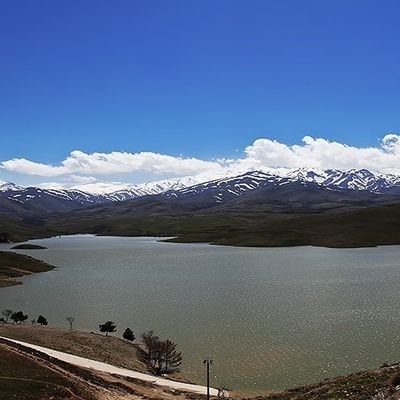SAEDNEWS; In a country where global platforms are frequently unavailable owing to sanctions domestic technologies and networks have become critical.

According to SAEDNEWS, Iran is undergoing a digital transition, driven by technology breakthroughs and a trend toward in-house social media platforms. In a place where global platforms are less accessible, locally developed technologies and networks have become critical. These technologies are transforming not only communication, but also business, education, and daily life.
This blog explores how technology and local social media platforms are altering modern Iran, presenting both possibilities and challenges to its people and companies. With global platforms sometimes inaccessible, Iran has developed its own digital world.
Platforms such as Aparat (a video-sharing website similar to YouTube) Rubika (a messaging and entertainment app) is booming. These options are tailored to local demands while mimicking the functionality of global platforms. For example, Aparat allows content producers to post and monetise films, whereas Rubika provides a comprehensive experience that includes chatting, entertainment, and e-commerce capabilities. These platforms have fueled innovation, pushing Iranian developers and entrepreneurs to create apps that are adapted to the country's specific socioeconomic backdrop. This method encourages digital self-reliance and allows local companies and innovators to thrive.
In recent years, e-commerce platforms such as Digikala and Bamilo have emerged as key actors. Using local technologies and payment systems, these platforms allow Iranians to purchase online. Another notable development is the combination of social media with e-commerce. Influencers on platforms such as Rubika promote local companies, resulting in a thriving digital economy. This convergence of technology and social media is enabling small firms to reach a larger audience and customers to access a greater range of items.
The COVID-19 epidemic has hastened the implementation of education technology in Iran. Platforms such as Shad, a government-supported online education system, have secured the continuity of learning for millions of pupils. Social networking applications have also played a role in education by allowing students and instructors to share information and collaborate. Aparat, for example, is frequently used to offer instructional films, which range from tutorials to academic lectures.
Telemedicine is becoming increasingly popular in Iran, with applications allowing for remote consultations and medical advice. These platforms frequently interact with local social media to convey health information, resulting in a better-informed population.
In-house social media platforms have developed a feeling of community among Iranians by providing a forum for sharing experiences and ideas. Rubika, for example, has emerged as a focal point of public conversation, with members debating anything from local news to entertainment. This local flavor guarantees that the information connects profoundly with users, instilling a sense of belonging.
1. Limited global reach - Although these platforms thrive locally, they frequently lack the global reach and visibility that international platforms offer. This prohibition may prevent Iranian inventors and enterprises from reaching overseas markets.
2. Digital infrastructure and accessibility - Despite development, issues such as unreliable internet speeds and restricted access to new technology remain, particularly in rural regions. By allowing millions of students to learn remotely, it guaranteed educational continuity during the epidemic, demonstrating Iran's ability for digital innovation.
Increasing Digital Inclusion - As Iran's digital economy expands, initiatives to enhance internet infrastructure and accessibility become critical. Expanding connection in rural regions and offering low-cost gadgets will help more people benefit from these improvements.
Encouraging Global Collaboration - Iranian IT enterprises might broaden their reach and build a stronger presence in foreign markets by tackling technological hurdles and finding methods to interact with global systems.
Innovating beyond social media - The success of in-house systems like Aparat and Rubika may stimulate more innovation in areas like as AI, big data, and blockchain, producing a diverse and resilient tech ecosystem.
Aparat has become a lifeline for Iranian content makers by offering options for monetization and audience interaction. For example, a Tehran-based chef rose to national prominence by posting classic Persian dishes on the site, encouraging a new generation of gourmet lovers.

Rubika's combination of communications, retail, and entertainment demonstrates how a single platform can address numerous demands. Small companies commonly use the app to market their products, and consumers love its large library of movies and series.
The Shad platform showcased technology's capacity to handle large-scale difficulties. By allowing millions of students to learn remotely, it preserved educational continuity during the epidemic, demonstrating
Technology and in-house social media platforms have become pillars of modern Iran, fueling innovation and generating a sense of belonging. From empowering small businesses to improving education and healthcare, these technologies are changing people's lives all around the country. Despite ongoing hurdles such as restricted global access, Iran's tech-savvy population's perseverance and innovation continue to move the country ahead. As Iran embraces its digital future, its in-house platforms will remain critical in molding its identity in an increasingly linked world.
Iran's digital path promises to be both transformational and inspirational, as it leverages the power of technology while promoting equality. Whether it's via local entrepreneurs, educational initiatives, or artistic content, the tale of Iran's digital revolution is one of inventiveness and determination—a narrative worth following.

